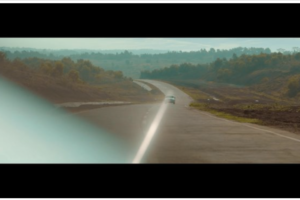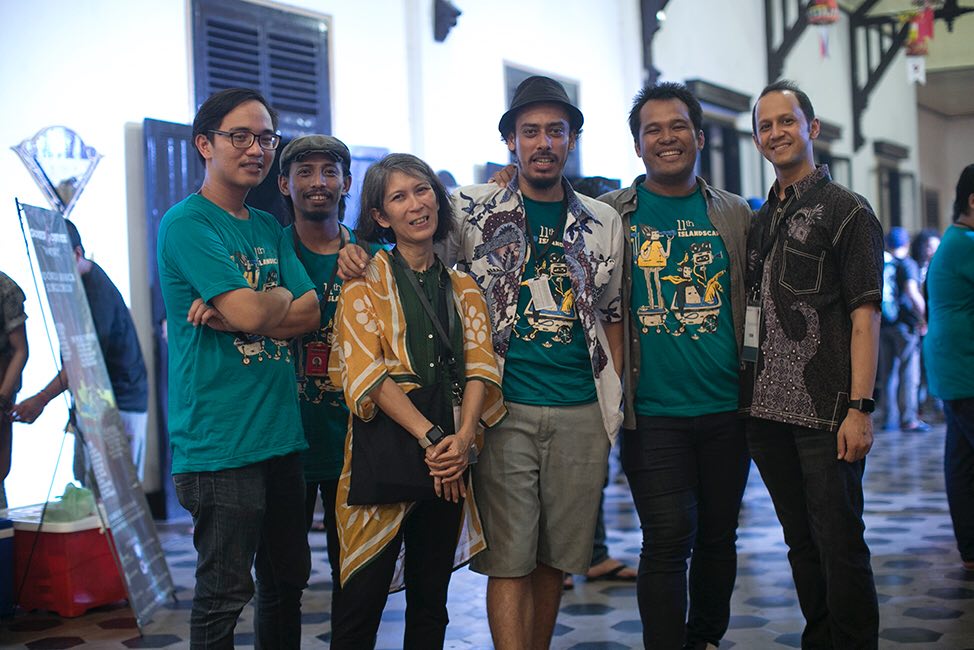
At the end of the Jogja-Netpac Film Festival in 2016, Ismail Basbeth came up to me and told me that he wanted to make a short film with his friends to celebrate 10 years of their collaboration.
He asked if FOCUSED equipment would be willing to loan a Blackmagic Pocket Cinema Camera for the 3 day shoot the following week and I gladly said “Yes.”
I got on a plane and as soon as I landed in Jakarta, a flurry of social media notifications flooded my screen. I quickly checked to see what the excitement was and I found “Bosan Berisik Labs and Hide Project Films present in association with FOCUSED equipment, a new feature film by Ismail Basbeth”. I immediately texted a message to his producer and bluntly asked “WTF!?!”
It seemed word had spread of Ismail’s celebration, and people who have worked with him (as well as those who have wanted to work with him) signed on to join in on the celebration. The enthusiasm couldn’t be contained by a short film, so he decided to expand it into a feature. Now, the production team’s challenge was simple. How do you produce a feature film 5 days before shooting??

(social media post by Ismail Basbeth)
We immediately created a Whatsapp group and discussed the production requirements for the film. Because of the sheer number of actors that were involved, he designed the film around individual stories tied to a central theme, and the theme was in turn held together with a visual element.
Each situation would not take more than a day to shoot, with some segments sporadically shot as pick-ups along the way. And the most important element was the actors had to have freedom to improvise. Therefore, we had to design the production so that the director had the ability to explore with the actors, and the technology had to be invisible.
While one of the producers started a crowdfunding campaign, I and my team at FOCUSED immediately tested the camera system with timecode sync, plus all the necessary procedures that it would take to get the post process as streamlined as possible.
We had to anticipate a lot of problems; mobility, flexibility, modularity, and seamless feedback would all be needed.
We knew that Final Cut Pro X was essential in this process so we designed the workflow around the editorial to be available on-set.
I reached out to the editor. He was reluctant to use FCPX because he and his editorial team had never used it and were worried that due to the super tight production, they would not be able to give the director an edit during the shoot. I assured him that the only thing he and his team would have to do is edit the film.

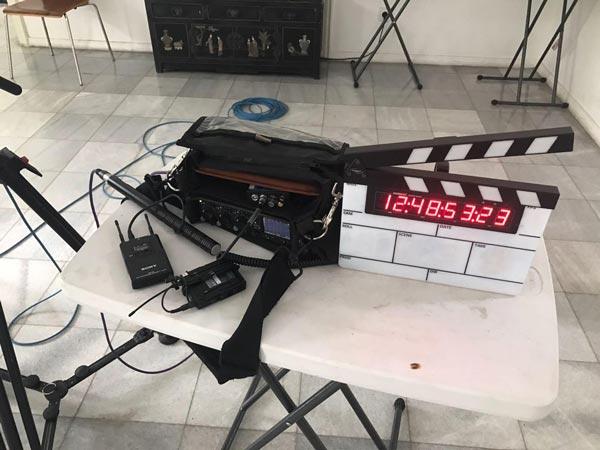




(Making the gear as small and minimal as possible without compromise)
The next day, the DoP reached out to us and sounded distressed. He was briefed about the director’s expectations of the film and the production had a very limited budget for lights (aka no budget).
Since we were co-producers in the film, we assured him that we will be upgrading the camera from Blackmagic Pocket to RED Scarlet. However, after hearing that, he sent the PDF of his visual reference. We immediately knew that he needed Low-light OLPF, but our Scarlet had a fixed OLPF (at the time). We decided the best camera for the production was the RED WEAPON DRAGON 6K.
We then immediately retested the camera system with the workflow. All good.
We informed the production team we were all set. We then got a message from the DoP that he might be forced to do a lot of handheld since the production won’t have time to set up dollies for camera movement. We had to design the camera setup to answer this need (both from a rigging and settings standpoint).
Since we had discovered the central extraction method of shooting overscan media earlier in the year, we offered this as a solution so that post would have the ability to stabilize the shot without losing the details in the frame. At this stage, even though the DoP didn’t understand what we were talking about, he was willing to use anything to save the picture. The camera and workflow was set.

(Without Center Extraction)

(With Center Extraction)
I flew in to Yogyakarta on the morning first day of shoot. When I arrived on set, I didn’t see confusion and chaos. Instead, I found calm and serenity as the team shot the scene.
“Cut!” Exclaimed Ismail “That was great! Camera? Sound? How was it for you?” Each of them gave a thumbs up, and they moved on to the next setup.
While the team was setting up, Ismail comes up to me, hugs me and said “thank you”. He then said that this is the first time ever he is shooting where he and his DoP felt the technical things that get in the way of shooting disappeared and he could concentrate on telling the story. I was surprised because he had made a lot of short films and 3 feature films before and was shocked by such a statement (mind you, he hadn’t unloaded the footage and gotten to the post yet).
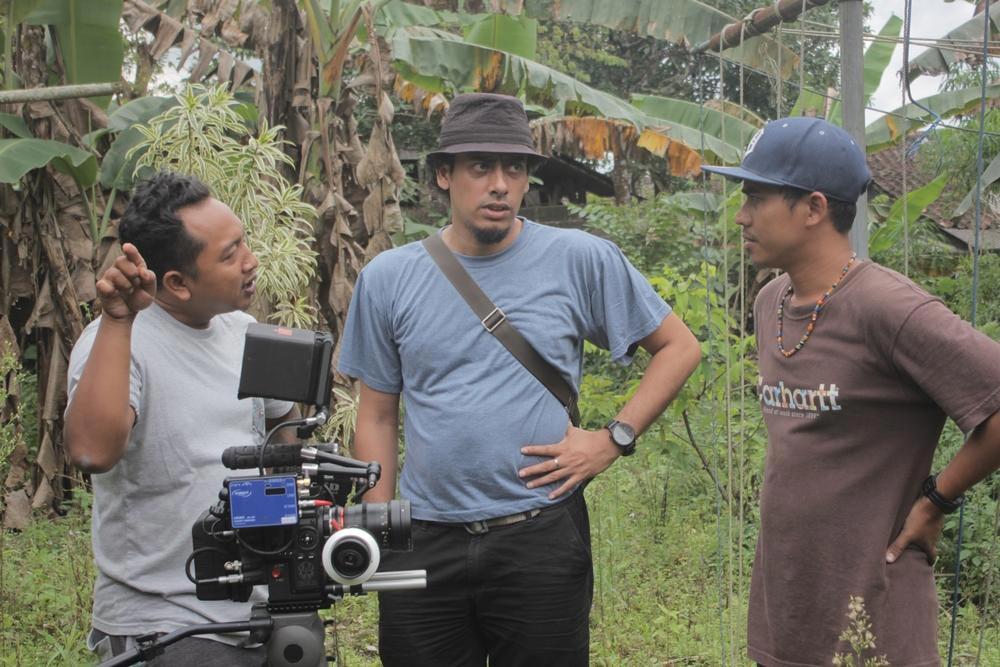
(Left to right: DP Satria Kurnianto, Director Ismail Basbeth, and Art Director Edy Wibowo)
We broke for lunch and I briefed the DIT on how to handle all of the data management from transcoding, to bringing in the footage into FCPX and syncing using Sync-N-Link X.
Since the film was conceived as an improvisational piece, there was no shot log. We came back from lunch and the assistant editor came on set. He looked at the alien interface and asked “How do I use this?” And I said “I’m sorry there was no script supervisor on-set, you’re gonna have to manually label each shot”.
We quickly walked him through the interface and he was up and running within minutes. He was done naming the shots in under 10 mins. He then asked “what do I do now?”, and I told him he can start assembly. He was dumbfounded because all of the painstaking work was done and he could start preparing an assembly for the editor. He slowly edited the material that was shot in the morning.
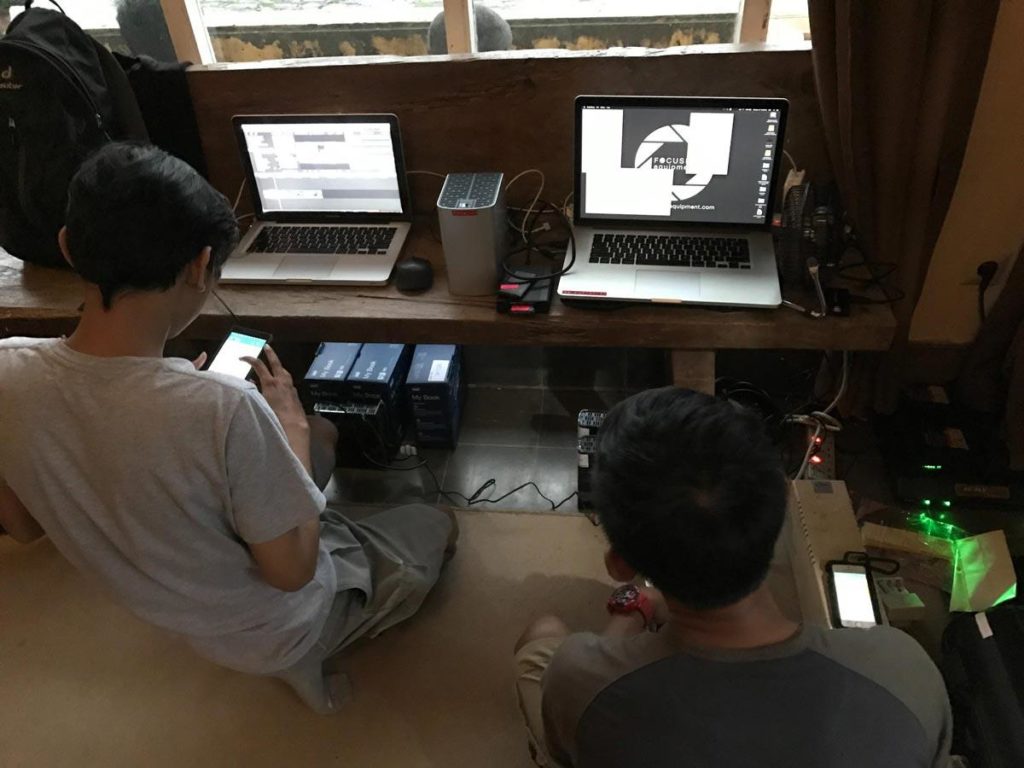
(Assistant Editor and DIT on-set)

(FCPX Project in initial stages)
Later in the afternoon, we were done with the location and while wrapping, data was being processed. We got word the location we originally got for the next setup was not available so the team scouted for an area nearby.
A few minutes later, data was done and I cross-checked to see if the assistant editor understood what was happening. There was a huge grin on his face. He was already done adding the metadata from the last card and was happy to be able to edit without worrying about the data management part.
I came up to the director and asked him if he wanted to see the progress of his shoot. He said “oh, I can see what I shot this morning?” I told him he could see what he had done upto the last shot he did. He looked at me with disbelief. He quickly got up and ran to the computer.
After a couple of minutes, he shook his head still trying to grasp what he had just seen. “This is amazing!”, he exclaimed. He finally understood what democratization of filmmaking was. He said he had briefed the assistant editor to assemble the scene. We got our alternative location and shot for the rest of the evening.

(Left to Right: Actor/Producer Cornelio Sunny, Director Ismail Basbeth, and Producer Suryo Wiyogo)

(Actor/Producer Cornelio Sunny preparing for next shot while camera is being adjusted)
In the morning as we were having breakfast, I ran into the assistant editor and asked him how he was handling the new interface. He said he was starting to get comfortable with it and was just struggling to learn the new shortcuts.
I asked him if the director was happy with what he saw. He told me that he and the director ended up editing after shooting the previous night.
When Ismail finally showed up for breakfast, I asked him how was yesterday’s shoot. He said due to the system that has been set in place, he knew what he shot, what doesn’t work, and what shots he needed to pick up to tell a better story. We spent the rest of the day shooting in various locations and saw that the team was already comfortable with the system. I left the next day feeling relaxed knowing they were in good hands.

(Team shooting in one of the picturesque locations)
Days past and there was no news from the front. I occasionally texted to check with the DIT how much storage was used and how the assistant editor getting on. Everything was ok.
The editor then came half way through the shoot and started working on the edit until the end of shoot. Production wrapped late that evening, and while everyone was celebrating and congratulating one another for such a fun shoot, the director couldn’t wait to work on the cut. Ismail and his editor returned to the hotel and started editing.

(Production team wrapping principal photography)
The next morning I sent a message to the Whatsapp group congratulating the completion of the shoot. Ismail said, “Thanks man. Btw, we have a first cut”. I couldn’t believe my eyes and asked “What do you mean?”
He said he and the editor had a cut 4 hours after they got to the hotel.
I was shocked. I knew that having FCPX as part of the workflow was fast but I didn’t realize that it was that fast, especially knowing that the editorial team had never used it before. It was a great awakening for all of us.
Before all the producers on the planet say, “See, it is possible to do it faster, cheaper, better”, the team spent the additional time to reflect on the material and slowly craft the story to its maximum potential.
The film was shot on Dec 2016, and after a couple of months massaging the material, we were invited to premiere the film at the Busan International Film Festival. The biggest surprise was the film was selected to be In-Competition for the Kim Ji-seok Award.

(FCPX Project after first cut)
So what is the take away from this? While everyone is grasping and debating about resolution, codecs, and software, what we learnt was by embracing the technology and it’s capabilities while it improves, the technology (both camera and post side) enabled us to improve our craft.
Efficiency (aka faster and cheaper) is only one part of the formula, crafting (aka better) only comes with time, introspection, and rewriting. We have to continue to open ourselves up to this constant cycle. After all, even in life, the carousel never stops turning.

Note: Here are the list of festivals the film has travelled to:
- World Premiere/Nominated Kim Ji-seok Award Busan International Film Festival 2017
- Official Selection Tokyo International Film Festival – Japan 2017
- Official Selection Hong Kong Asian Film Festival – Hong Kong, China 2017
- Official Selection Jogja-NETPAC Asian Film Festival – Indonesia 2017
- Official Selection Cambodia International Film Festival 2018
And is the first Indonesian film to be listed on RED.com




